I had arrived in London’s Waterloo Station several hours early, fully intending to head underground and resurface at one of the many museums London has to offer. Then I noticed the rare sight of a warm, clear and sun-filled vista beyond the station. The River Thames was a silver streak glinting in the afternoon sunshine.
“Why,” I thought, “spend time in a museum when I could be enjoying a stroll along the River Thames.”
Putting thoughts into action I left Waterloo Station and headed for Westminster Bridge. I would follow a section of the Queen’s Walk; a promenade along the south bank of the River Thames. It was created for the Silver Jubilee Queen Elizabeth II and runs from Lambeth Bridge to Tower Bridge.
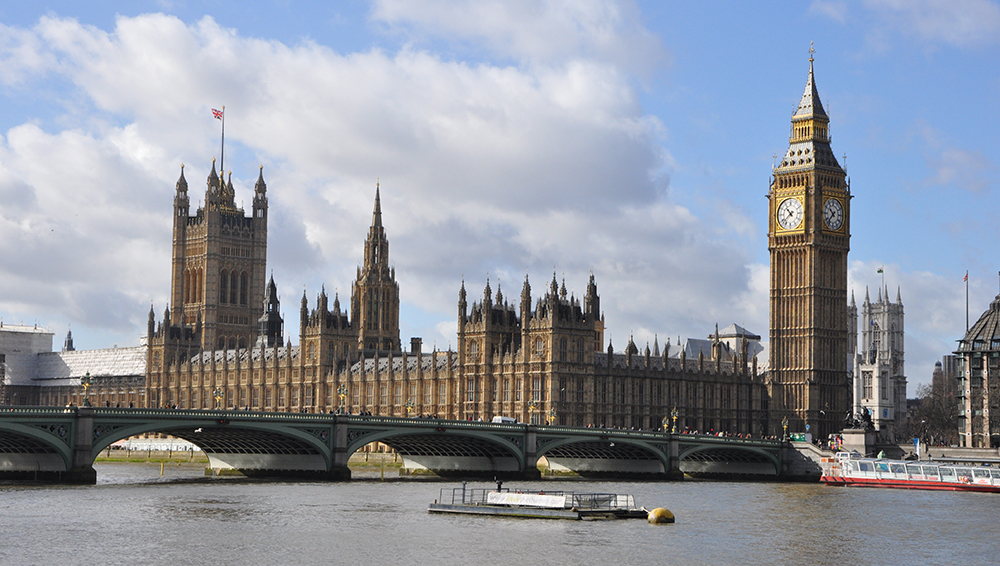
© Gordon Lethbridge
Westminster Bridge to the Hungerford Bridge
I have always liked Westminster Bridge because of its iconic view of the Houses of Parliament and the clock tower we mistakenly refer to as Big Ben – the name actually refers to the largest of the bells in the tower. Westminster Bridge is the second of its name crossing the River Thames on this site. The first, built during the reign of George II started to subside and was replaced.
The Queen’s Walk passes in front of County Hall. Designed by the young architect Ralph Knott it was completed in 1922 as the new home for the London County Council. Built in Edwardian Baroque style it housed the London County Council until it was abolished in 1986. Now it is home to two hotels, The London Sea Life Aquarium and the London Film Museum and is a tourist attraction in its own right.
![County Hall and the London Eye By Rosakoalaglitzereinhorn (Own work) [CC BY-SA 3.0], via Wikimedia Commons](https://travelunpacked.co.uk/wp-content/uploads/2016/10/County-Hall.jpg)
By Rosakoalaglitzereinhorn (Own work) [CC BY-SA 3.0], via Wikimedia Commons
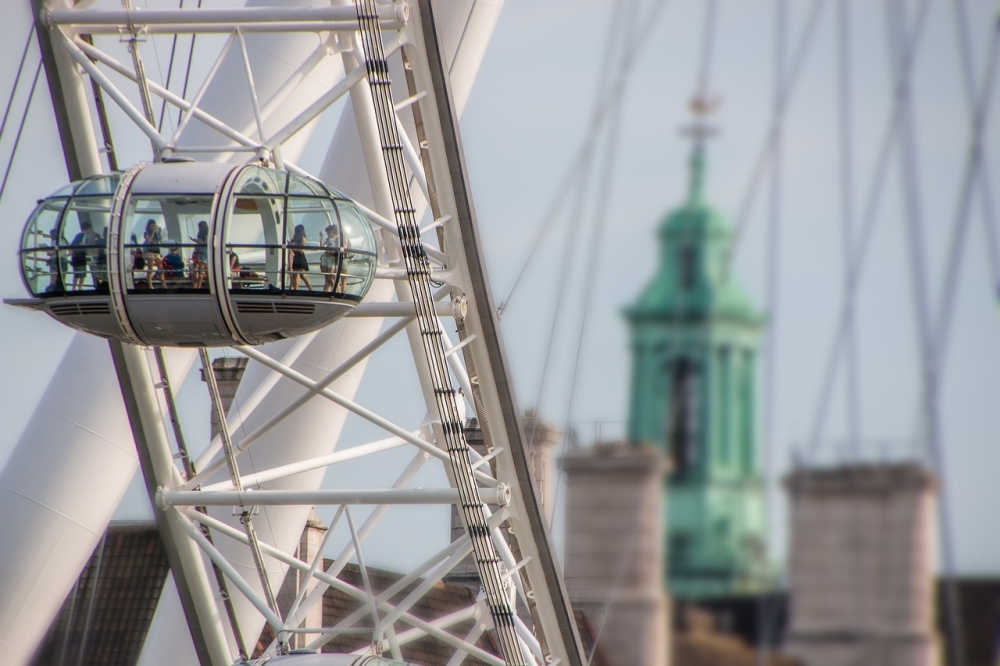
Passing the Jubilee Gardens I reached the second of the bridges I would pass on my way to the Millennium Bridge. The Hungerford Bridge carries the tracks of the busy rail route into Charing Cross Station, the large modern facade visible across the river. There has been a walkway across the river at this point ever since Isambard Kingdom Brunel opened his suspension bridge in 1845. It was later replaced by a combined rail and footbridge built on the original brick buttresses of Brunel’s bridge
To mark the 50th anniversary of Queen Elizabeth II’s accession to the throne two new footbridges were constructed either side of the railway bridge. I will often walk across the bridges rather than take the Tube under the river just for the views up and down the Thames. It is easy enough to cross one side and return the other before heading along the south bank once more. I didn’t take the detour this time as I had to fit my stroll in to a specific time frame.
Southbank
Beyond the Hungerford bridge the area along the south bank becomes the Southbank. The area gains a capital letter and loses a space and is an internationally renown arts complex. There are five iconic venues, dozens of eateries and plenty of events in and around the complex. The Royal Festival Hall was built as part of the Festival of Britain celebrations in 1951 and is built in the Modernist style facing the Thames.
![The Royal Festival Hall By Tony Hisgett [CC BY 2.0], via Wikimedia Commons](https://travelunpacked.co.uk/wp-content/uploads/2016/10/RFH.jpg)
By Tony Hisgett [CC BY 2.0], via Wikimedia Commons
Outside and literally on the south bank there are often street performers and occasionally markets of some kind or another. Any good guide to what’s on in London will list the planned events. On this occasion I was unlucky. The only activity other than people strolling along the river bank like me was a BBC van being set up to broadcast (probably live) a concert from inside the Royal Festival Hall.
Waterloo Bridge to Gabriel’s Wharf
Continuing past the Southbank Centre I passed under Waterloo Bridge stopping briefly to browse the secondhand book market set up under its massive arch.
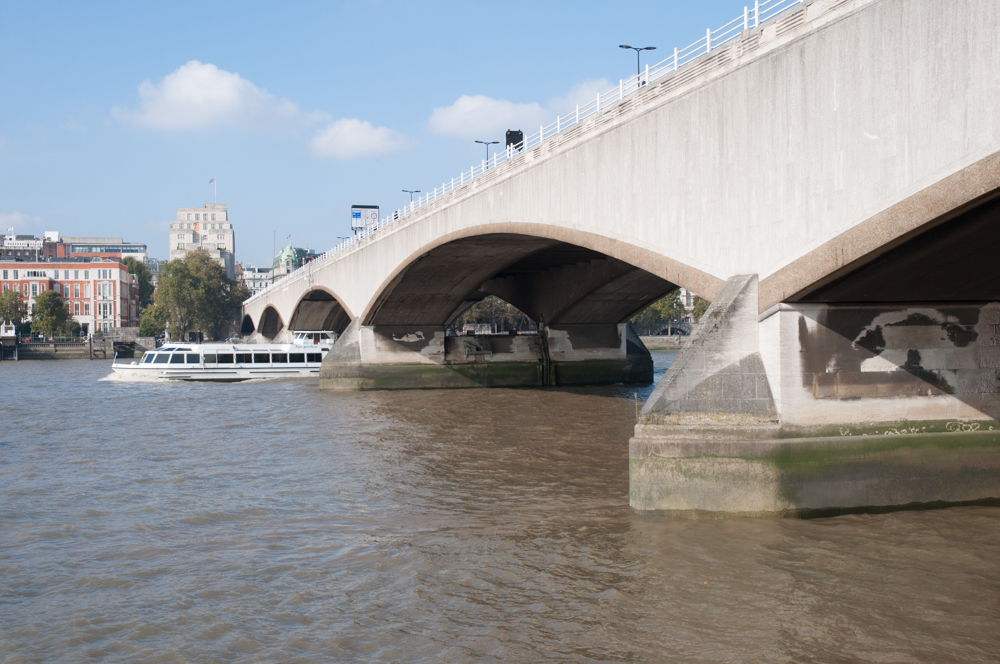
© Gordon Lethbridge
Waterloo Bridge and was named to commemorate the British victory at the Battle of Waterloo. The current bridge is the second structure on the site and, surprisingly, was the only one of London’s bridges to have been damaged by the Luftwaffe during the Second World War. Having been partially opened in 1942 it was completed in 1945.
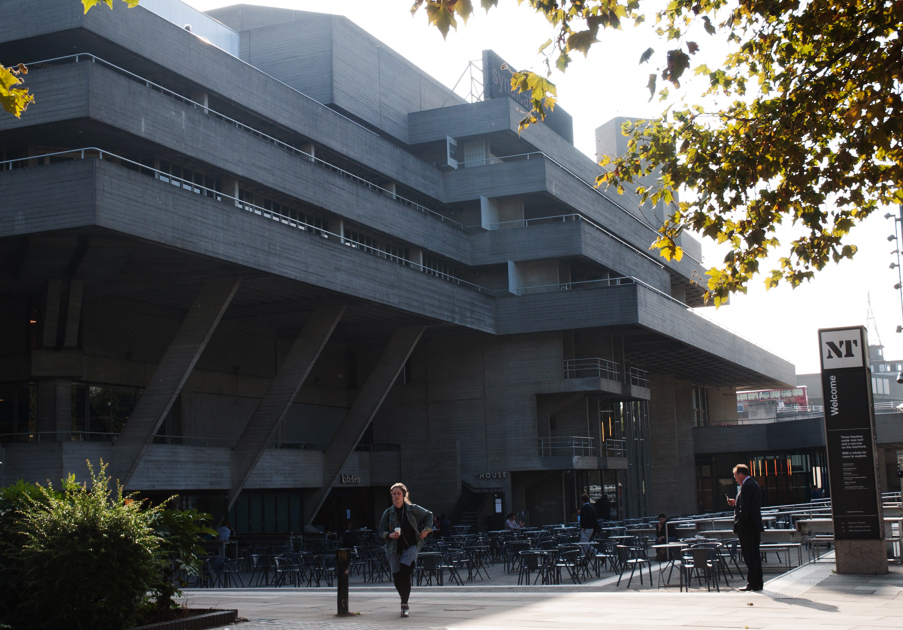
© Gordon Lethbridge
Leaving the bridge and the book market behind I continued down the tree-lined pathway in front of another brutalist building, The National Theatre. Inside the smooth grey concrete monolith are three theatres; the Olivier, the Lyttelton and the Doorman. Its stark outline is soften somewhat by the avenue of trees leading onwards.
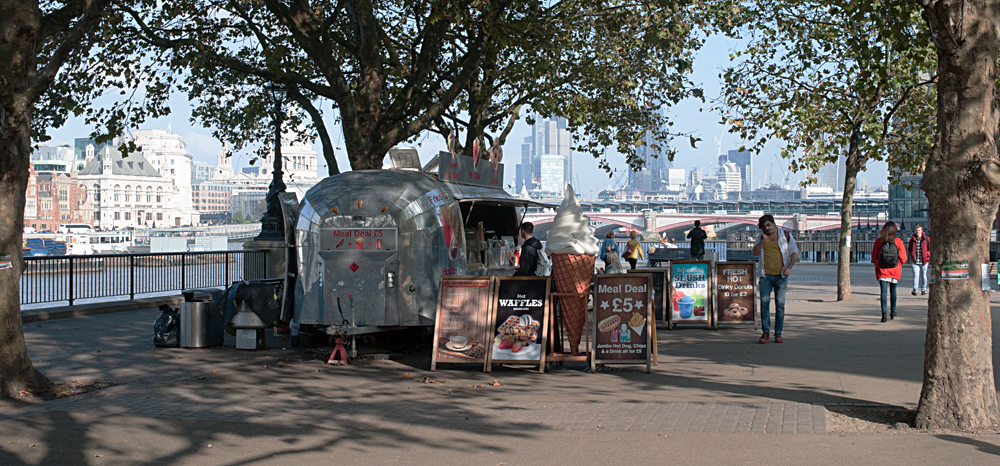
© Gordon Lethbridge
Beyond I stopped to photograph a snack bar simply because it was an old Airstream caravan. It blended in well despite being an oddity far from its natural home. The ever changing modern skyline of the City of London, anchored by the dome of St Paul’s Cathedral, was visible beyond. Buildings with unofficial names like The Gherkin, The Walkie Talkie and The Cheese Grater were easily recognisable from their monikers.
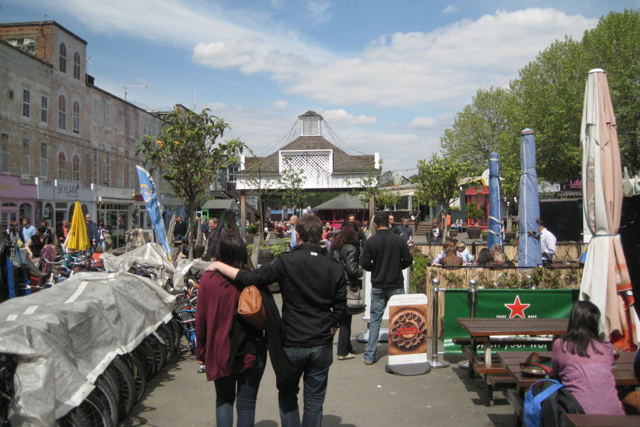
© Copyright Robin Stott and licensed for reuse under the Creative Commons Licence.
Just past the television studios of the daytime TV show Good Morning is the entrance to Gabriel’s Wharf. I almost missed it as it does not advertise itself particularly well and the entrance between two eateries is easily missed. Having left the arts behind and with more of the arts to come this was the place for a spot of retail therapy and a quick bite to eat. It is a redeveloped wharf that is now an eclectic mix of boutiques, galleries cafes and restaurants with a slightly Bohemian feel to it.
OXO Tower to Blackfriar’s Bridge
![The OXO Tower By HereBeBeasties (Own work) [CC BY-SA 3.0], via Wikimedia Commons](https://travelunpacked.co.uk/wp-content/uploads/2016/10/OxoTower-240x300.jpg)
By HereBeBeasties (Own work) [CC BY-SA 3.0], via Wikimedia Commons
The building and tower have been redeveloped and refurbished to include a rooftop restaurant, exhibition spaces and small retail outlets. Long before the Royal Mail and OXO used the site James I stored the Royal Barge here, hence the name Barge House Street.
There is, at low tide, a diminutive of sandy beaches here. The day I walked by some enterprising person had created a sculpture out of sand knowing full well that his work would disappear sometime in the next six hours as the tide rose.
Beyond the OXO building I approached Blackfriar’s Bridge. Actually there are two parallel bridges, one carrying road traffic and the other, Blackfriar’s Railway Bridge, carrying rail traffic into the station of the same name. The first road bridge was so badly built that it was demolished and the present bridge built to replace it.
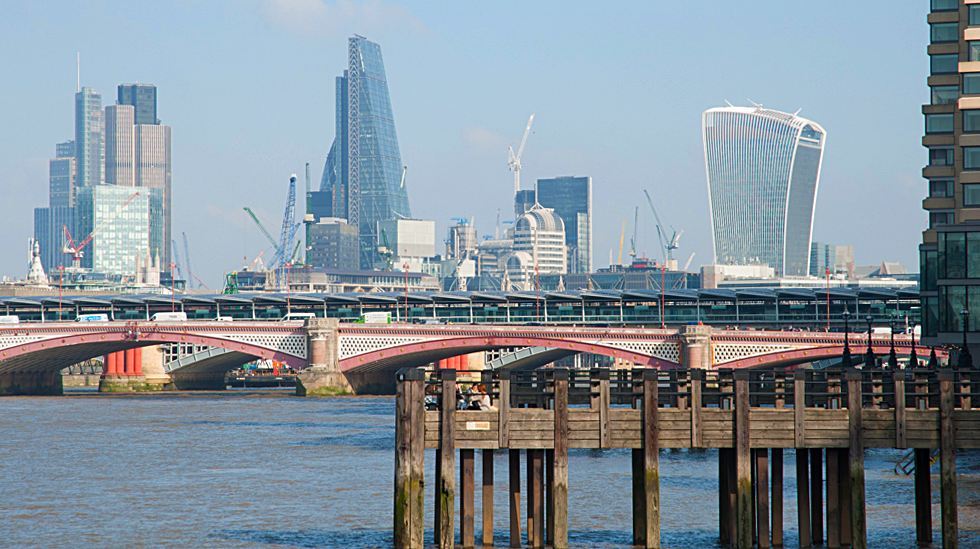
© Gordon Lethbridge
Blackfriars Bridge to the Millennium Bridge
Leaving the gloom of the two Blackfriar’s bridges behind I entered the much lighter and more airy space dominated by Tate Modern. Named after the sugar magnate of the same name it is housed in what was once Bankside Power Station. This is the UK’s premier art gallery for international contemporary and modern art with huge spaces for massive art installations.
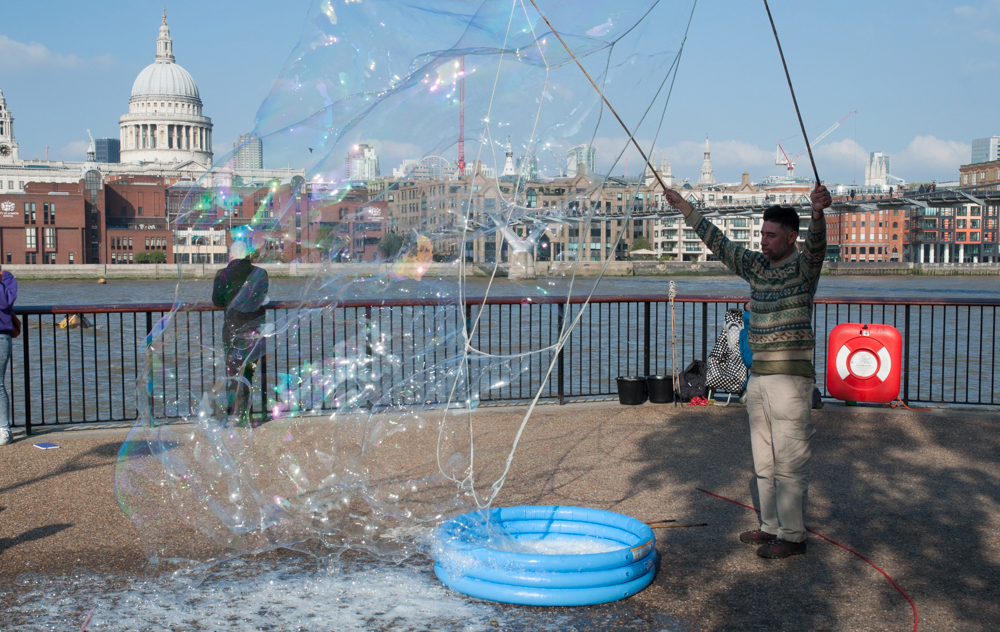
© Gordon Lethbridge
Outside there is plenty of space often occupied by street entertainers. There is an children’s entertainer creating giant bubbles by allowing the afternoon breeze to blow through a film of detergent suspended inside a loop of string.
Leading across the River Thames from Tate Modern is the Millennium Bridge. This is a suspension bridge for foot traffic built as part of the Millennium celebrations in 2000. The best view is not up or down the river but to St Paul’s Cathedral. The axis of the bridge is directly in line with that of Sir Christopher Wren’s masterpiece.
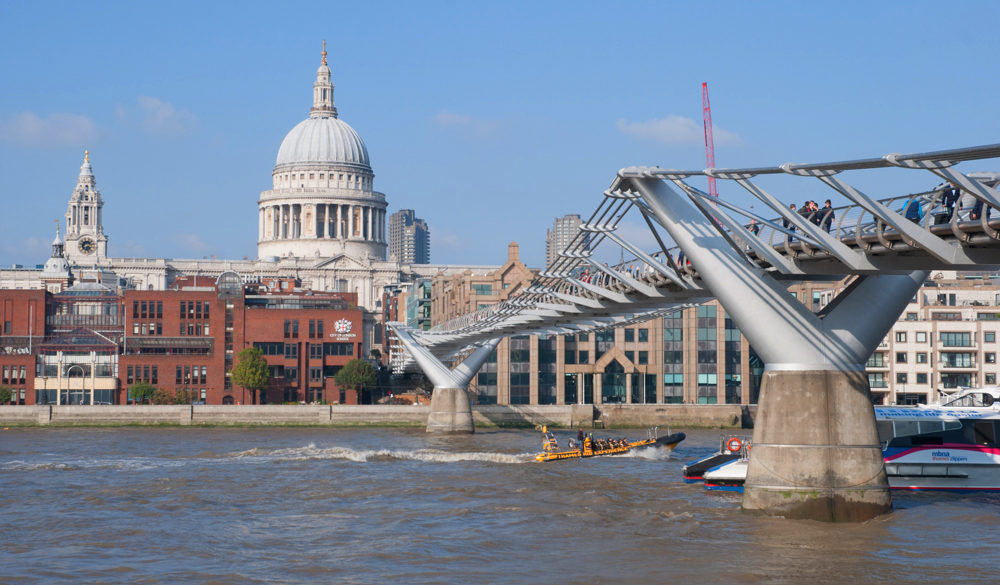
© Gordon Lethbridge
Close to Tate Modern is the Shakespeare Globe but I did not have time to more than cast a glance in its direction. Having enjoyed by serendipitous stroll I made up my mind to return and continue along the Queen’s Walk from the Millennium Bridge to Tower Bridge and the Globe will be my first stop.
I had an appointment to keep and then a couple of coffee bars close to St Paul’s to review so headed into the City of London leaving the Thames and the Queen’s Walk behind but never far away.
Those coffee bar reviews? Watch out for the post “Coffee in the City” coming soon.
Do you have a favourite themed walk in London? Perhaps you’d like to share it? Let us know by contacting us here
Link: www.visitlondon.com
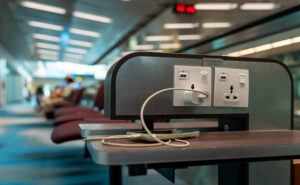

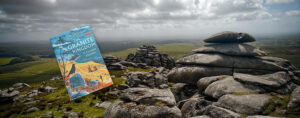
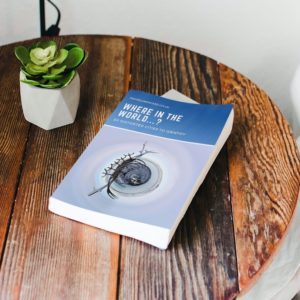
2 thoughts on “Thames River Walk – Westminster to Tate Modern”
A lovely piece. Curiously we in May having attended press day at the RHS Chelsea Flower Show decided to go up The Shard and we went by tube to London Bridge and enjoyed that and then a walk to Tower Bridge and over to St Katherine’s Dock – all of which I know of old. It was particularly poignant for us when ten days later a terrorist atrocity took place at London Bridge. London will surmount these awful challenges – a great breathing city with rich diversity and heritage and progress.
I agree, London is a city with a rich diversity and heritage that other cities find hard to match. I will be continuing my riverside walk from Tate Modern to London Bridge in a post in the not to distant future.
Comments are closed.